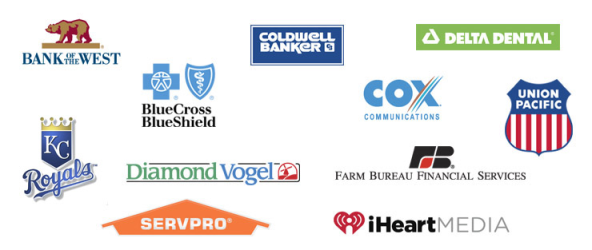Faulk had a rough childhood, growing up in one America’s most notorious housing projects. As a youngster, football was his passion. From an early age, he was good at the game and caught the eyes of several college scouts. Recruiters courted him as a junior, and by the time he was tearing up the fields as a senior, scholarship offers were pouring in.
As 1991’s National Signing Day drew nearer, Coach Tom Osborne and his staff at the University of Nebraska were high on Faulk and confident he soon would be wearing the Huskers’ scarlet and cream. After all, Faulk liked Nebraska. So did his mother, his guidance counselor, and even his English teacher, who had a great deal of influence on him.
During an in-home visit, Osborne sensed he made a connection with Faulk and his family. As an experienced recruiter, Osborne knew when personalities “clicked” in a player’s living room. There was no doubt in the coach’s mind that Faulk felt good about Nebraska. In fact, Osborne admits that he thought it was almost a done deal – Faulk was practically on his way to Lincoln, Neb.
On National Signing Day, Marshall Faulk signed with San Diego State University, far away from and far less prestigious than the many football powerhouses that were courting him. Osborne was surprised.
“It turned out we had been recruiting him as a defensive back, which most people had,” Osborne said. ‘But Marshall deep down always wanted to be a running back.”
Of course, SDSU told Marshall they would be delighted to have him play running back, but with his blazing speed, Nebraska would have loved to have him in its backfield too. Faulk had the talent to excel on either side of the ball.
“Although we had been thorough, and we had done our home work,” Osborne said, “we hadn’t asked him a key question: ‘Marshall, which side of the ball do you want to play on?’ That’s why it’s really important to do a lot of listening. I think we could have had Marshall Faulk if we had just recruited him as a running back.”
The rest, as they say, is history. Faulk flourished at SDSU, running for 1,400 yards and scoring 23 touchdowns in just his freshman year. During a 13-year professional career, Faulk amassed 12,279 rushing yards and scored 136 touchdowns, some of the most impressive statistics in NFL history.
Surely, it must have been frustrating for Husker coaches watching Faulk’s career from afar, knowing they came so close to signing him. It’s a feeling that haunts many coaches.
It’s a feeling that business people deal with too. Like football coaches, professionals must listen carefully to their “recruits” – their clients. How many deals does a salesperson lose, because he or she talks too much and doesn’t respond to what the client really wants? How many star employees does a hiring manager miss out on, because he or she doesn’t truly listen?
So remember, always ask your clients, “What side of the ball do you want to play on?” Then listen carefully to the answers.
- “Self Marketing Power: Branding Yourself as a Business of One”
- “Tons of Room at the Top: the Attitude of Success”
- “National Signing Day: What All Professionals Can Learn from College Football”








